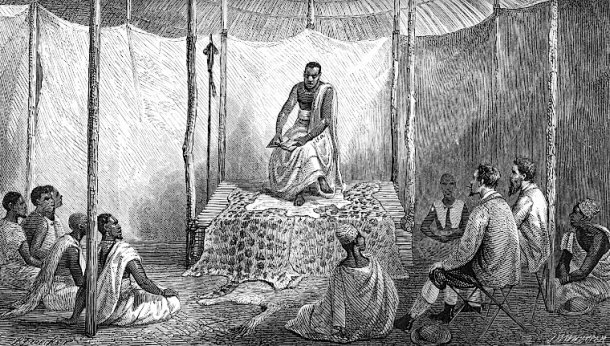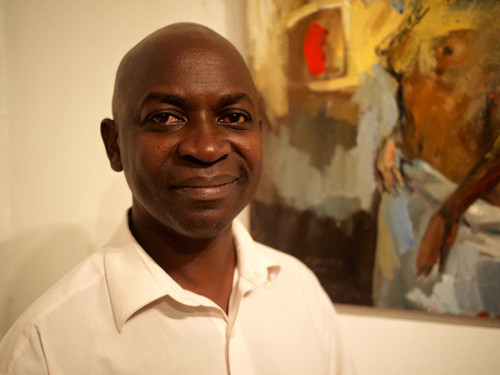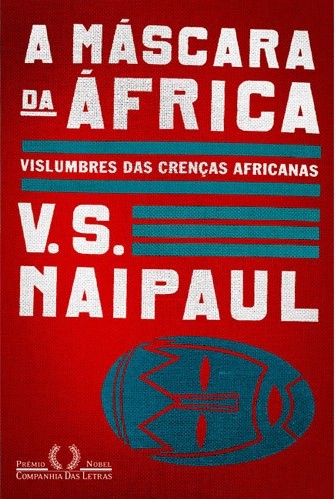Chris Mugarura is a Ugandan comics artist, striving hard to enrich the comics industry and trying to change people’s stereotypical perceptions towards comics. He believes he can do this through his masterful comics skills and compilations.
Does anyone remember ‘Sagara Sanosuke’? The Japanese character—one of the main ones—from the animated film entitled Samurai X? The guy with a weird haircut and astonishing body strength, ability to smash rocks and make trees fall with only a single strike with his fist?
Lots of youths today would say—unless they didn’t have a television set at home—that this motion picture once topped their sundry favorite TV series lists during their childhoods. I myself was—and still is—a huge fan.
Storyteller Chris Mugarura has employed him as ‘Sigara aka Rwatamagufa’, one of the characters—actually the most highlighted one—in the first issue of his action-filled pictorial narrative Tekezesasi. In this exceptional piece of sequential art he introduces you to his exciting and rich-in-character superhero story which gets inspiration from our Ugandan social context.
Chris explains that the reason for why he is basing his main character on a fictional Manga-star is simply because people take time to adopt new stuff; implying that it is always wise to start with something that the audience already knows.
What is so remarkable about his debut magazine?
There is some kind of seepage of Chris’s content into the hearts and minds of the readers. His artistic skills and techniques bring the story and the characters perfect together, creating an intriguing piece which leaves no room for interference. Simply put, the reader wants to dig further into the progressions of the story as the pages are turned.
And of course, the intricate black-and-white graphics which are—as some people would call it—off the charts. In my opinion, this is a brilliant development in the visual arts scene; it is not every day that such a blip materializes.
Adding characters to the Ugandan comics archive
Tekezesasi, originally derived from a video game widely known as Tekke, is categorically catchy and unusual. The influence from Japanese Anime is evident, especially the artwork seems to connote to the Manga scene, yet it still feels like a graphic publication Made in Uganda.
Much props to this artifact’s creator since there are not many artists who has contributed to the comics archive in Uganda. Last time I checked—apart from the newspaper cartoons which don’t really count—the prominent comic magazines launched here include the famed Super Strikers and 80 Minutes.
Super Strikers, which used to run in Saturday Vision, is actually from South Africa, with a fan base which primarily includes primary pupils and a few high school kids. But the rugby chronicles 80 Minutes is Uganda bred, the people behind it call themselves Kurios (it’s a Ugandan company dealing in graphics), and they are good at what they do. (I wasn’t aware of this, but during the interview Chris tells me that he had a hand in the compilation of the magazine).
A comics culture
In many developed countries, people—of all ages in fact—vastly consume and appreciate comics. It is a narrative form of art, told by combining images and text in frames, and placing the frames sequentially in shorter stories—comic strips—or longer stories—comic books/graphic novels.
It is a recognized and established art realm in countries such as Japan, China, USA, France, Belgium, South-Korea, South Africa, et cetera.
The Japanese version Manga is reputed to be one of the most powerful styles of comics. Some well-known names in the history of Japanese comics are Osamu Tezuka (Astro Boy) and Machiko Hasegawa (Sazae-san). These guys played a big role in the development of the local comic business. Manga covers a wide range of story genres – vacillating in drama, comedy, science fiction, mystery, action-adventure, sexuality, horror, among others.
Fighting the poor reading culture
Visual appeals to people way more than text does. And the reading culture in Uganda is meager; lots of people lack the discipline and patience to take a few minutes of their time and peruse a couple of texted paragraphs. In fact, the interest and ability to encode anything printed is directed to graphical content more than writing/text.
This is one of the impulsions that intrinsically inspired Chris to make a comics magazine: “I am ready to take on a lot of negative attitudes towards the whole comic book thing. Because as I see it, this is one of the ways to fight the phenomenon of our poor reading culture.”
He is perplexed by how some parents think: “I have learnt that some Ugandan parents home school their kids, they do not want to expose them to funny stuff. I find this conservative.
Some parents think my magazine would be a bad influence to their kids. A little while ago, a parent opened it and read ‘Sigara’ and “cigarette” is what came to his mind. But ‘Sigara’ is the name of one of the characters I used. It’s a Japanese name.”
However, he has also received positive feedback from people: “One guy called me and asked if I was the one who drew the pictures in the magazine. He said his daughter really enjoyed it; she wanted to speak to me. Another parent came over to my place and asked me the same question.”
“I was a star during those days”
It takes a lot more than just practice and passion to be as adroit and crafty as he is. Drawing is not something that he has jumped into in his adulthood. He has the talent of drawing, of course, nonetheless he activated it in the early years:
“I started this as a hobby at Nakasero Primary school, which was in 1994-95. Later on I studied in Mbarara for five years where I continued with my favorite pastime of drawing blood sports and karate movie heroes like Jean-Claude van Damme and Bruce Lee. This actually helped me beating the whole Western region in Arts at O-level.”
And to further prove his point, he brags cheerfully: “I was a star during those days.”
Conversely, due to conservative attitudes from his family he had to put his practice at rest at some point during his school times: “I moved to a school in Kampala where I let go of the whole art thing and focused on other subjects. Since I happened to come from a family of “intellectuals”—doctors, engineers and the likes—who saw my artistic prospects as “non-profit” or “unserious” business, I had to focus on scholarly subjects.”
Broadening the horizon
The lack of interest and appreciation for comics as a medium is the main barricade between comics artists and the readers. Correspondingly, the mentality that comic/cartoons are “kids’ stuff” has strangled even the smallest of interest that some people may have in the art form.
Comics may seem trivial to a lot of people, yet it can be a multilayered and satirical form of expression which requires a deep and liberal sort of understanding. I may take the reader on a journey inwards and outwards at the same time, thereby broadening the horizon to already open-minded people.
Chris has worked with several organizations, illustrating and designing things for them, even though he says he still has not been able to earn much out of it: “I have done illustrations for organizations, magazines, and helped compile a magazine for the inter-religious council of Uganda. Even though these assignments were paid peanuts, they have helped me develop my skills as a writer as well as looking holistic at work processes.”
Easy business?
The comic business is definitely no walk in the park. This is one of the reasons why there are few artists in Uganda engaged in this field. One may possess a talent or skill, nevertheless creativity is fundamental.
For a person with such skills and charisma as Chris Mugarura, there is much in this field that can be achieved: “I saved up just about enough to print the comic book for sale. I am now in the process of trying to sell as many as I can to make a small business out of it. I did sell my first copy today, but I am really waiting for the students to return to school for me to make a killing.”
Lutakome ‘Felix’ Fidelis is a Ugandan freelance writer who mainly writes about hip-hop culture. His major focus is to create awareness of underground hip-hop artists and events.
in Start - Journal of Arts and Culture.



